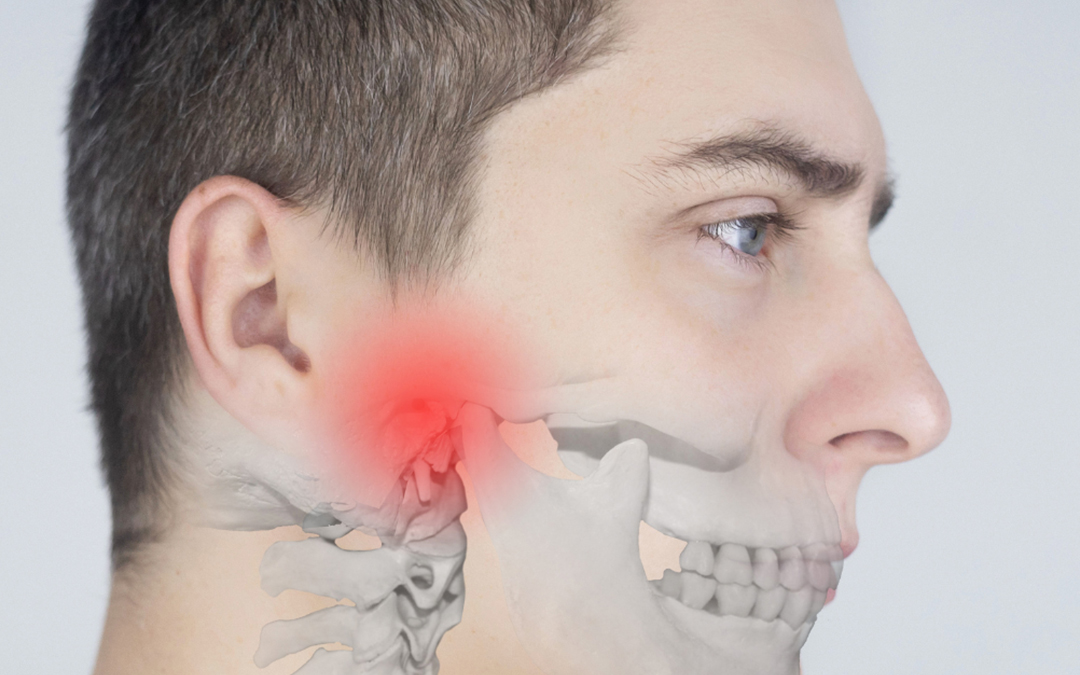Introduction
Temporomandibular Joint (TMJ) disorders are a group of conditions that cause pain and dysfunction in the jaw joint and the muscles that control jaw movement. This blog aims to provide an in-depth understanding of TMJ disorders, their causes, symptoms, diagnosis, and treatment options.
What is the Temporomandibular Joint?
The temporomandibular joint (TMJ) connects your jawbone to your skull. It acts like a sliding hinge, enabling you to move your jaw up and down and side to side, so you can talk, chew, and yawn. There are two TMJs, one on each side of your jaw.
Causes of TMJ Disorders
TMJ disorders can be caused by various factors, including:
- Injury to the Jaw: Trauma to the jaw or head can lead to TMJ disorders.
- Arthritis: Both osteoarthritis and rheumatoid arthritis can affect the TMJ.
- Bruxism: Habitual clenching or grinding of teeth, often during sleep.
- Dislocation: Displacement of the disc that cushions the TMJ.
- Stress: Stress can lead to muscle tension and jaw clenching.
- Misalignment: Misalignment of the teeth or jaw can contribute to TMJ disorders.
Symptoms of TMJ Disorders
Common symptoms include:
- Jaw pain or tenderness
- Aching pain around the ear
- Difficulty or discomfort while chewing
- Locking of the joint, making it difficult to open or close the mouth
- Clicking or popping sounds when opening the mouth
- Headaches and neck aches
Diagnosis of TMJ Disorders
Diagnosing TMJ disorders involves:
- Medical History and Physical Examination: The dentist will review your medical history and conduct a physical examination of your jaw.
- Imaging Tests: X-rays, CT scans, or MRIs may be used to get a detailed view of the TMJ and surrounding structures.
- Dental Examination: Assessing the alignment of your teeth and checking for signs of teeth grinding or clenching.
Treatment Options for TMJ Disorders
Treatment depends on the severity and cause of the disorder. Common treatments include:
- Medications: Pain relievers, muscle relaxants, and anti-inflammatory drugs.
- Therapies: Physical therapy, oral splints, or mouth guards.
- Lifestyle Changes: Stress management techniques, avoiding hard or chewy foods, and practicing good posture.
- Surgical Procedures: In severe cases, surgical options like arthroscopy or open-joint surgery might be considered.
Preventive Measures
Preventing TMJ disorders involves:
- Avoiding Overuse of Jaw Muscles: Refrain from chewing gum and eating hard foods.
- Managing Stress: Techniques like yoga, meditation, and deep breathing exercises.
- Regular Dental Check-ups: Early detection of potential problems.
- Good Posture: Maintaining good posture to avoid strain on your jaw.
Conclusion
Temporomandibular joint disorders can significantly impact your quality of life, but with proper diagnosis and treatment, the symptoms can be managed effectively. If you experience any signs of TMJ disorders, consult with your dentist for an accurate diagnosis and personalized treatment plan. Regular dental check-ups and mindful habits can also help prevent the onset of TMJ disorders.







